
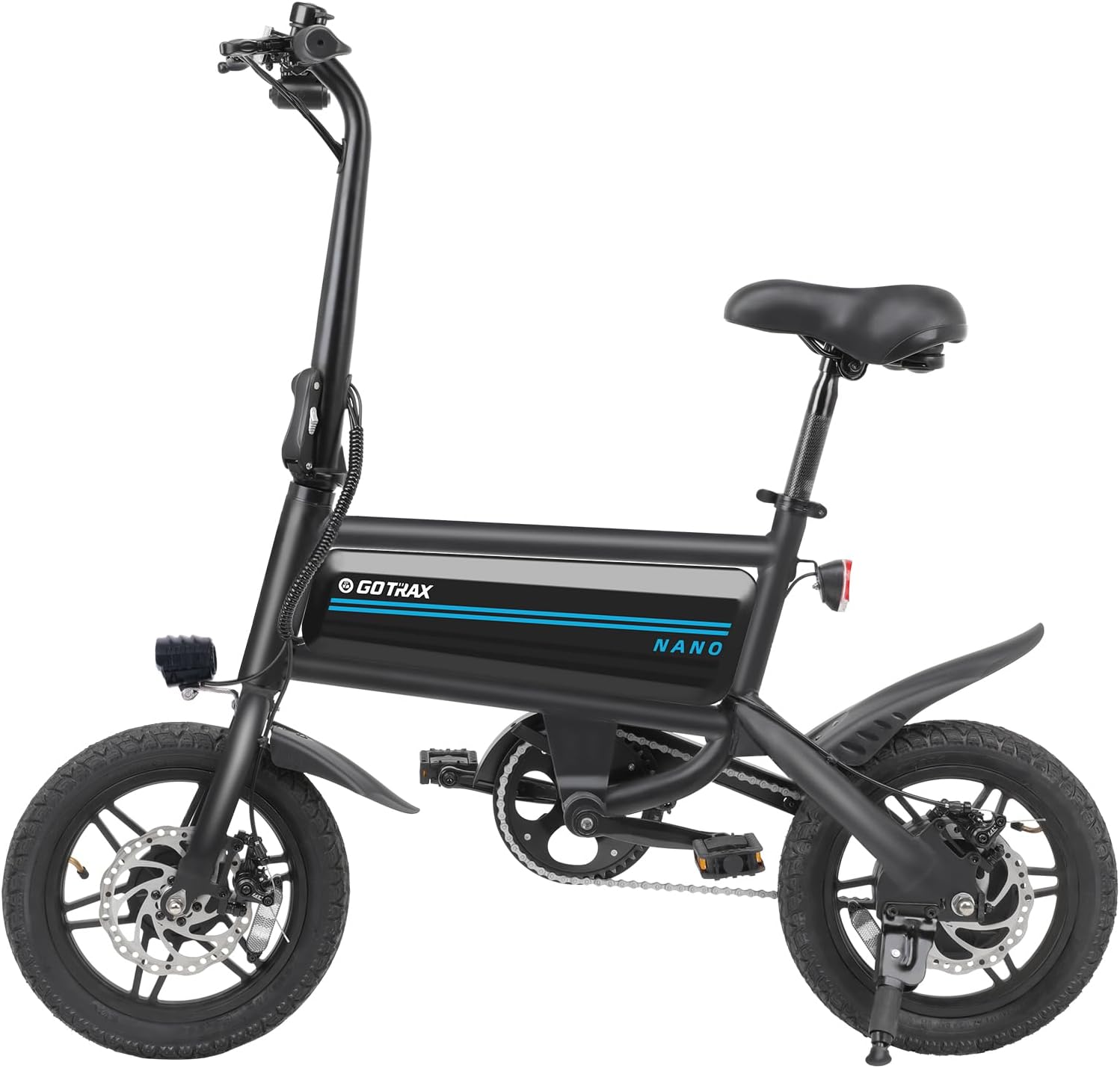

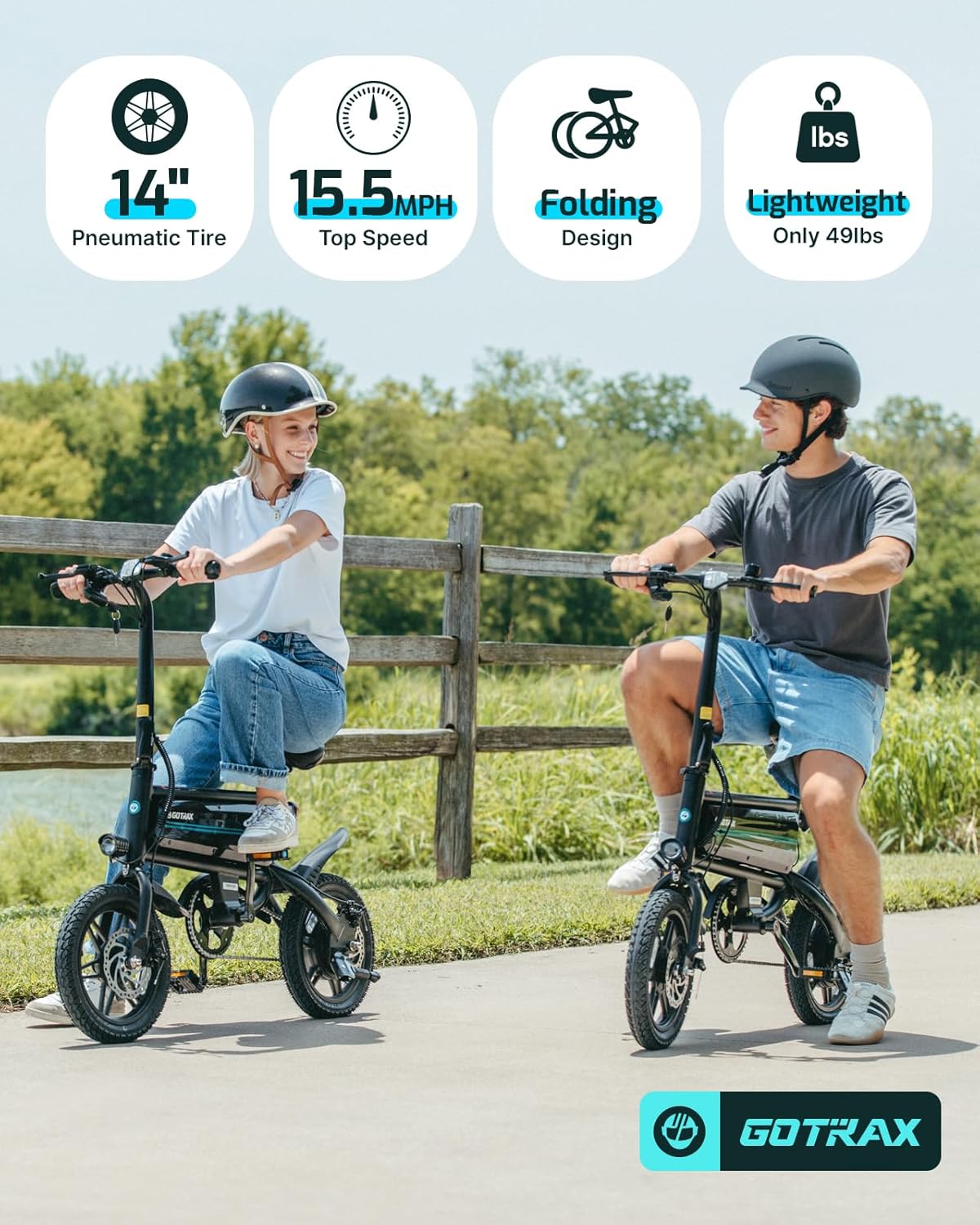
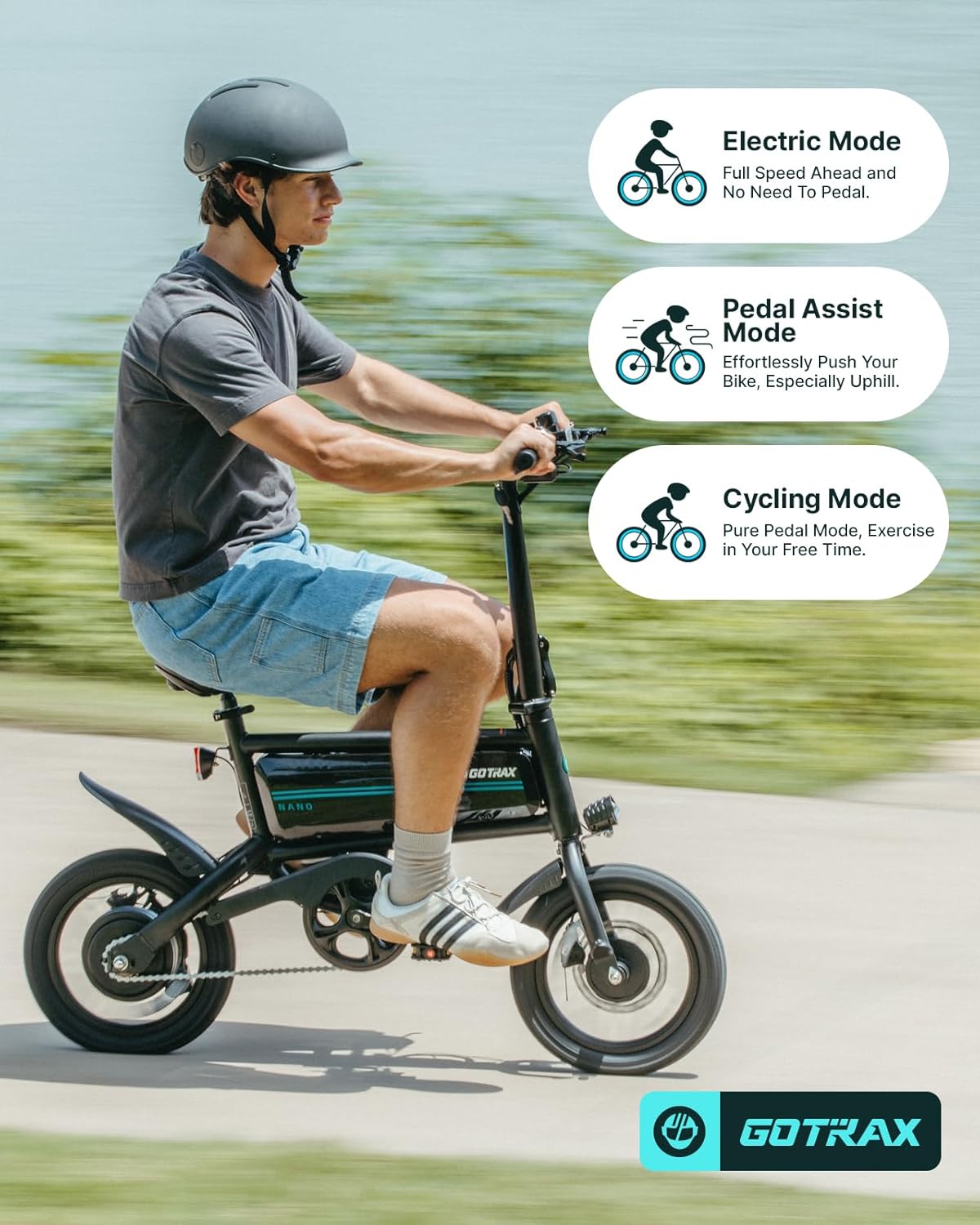

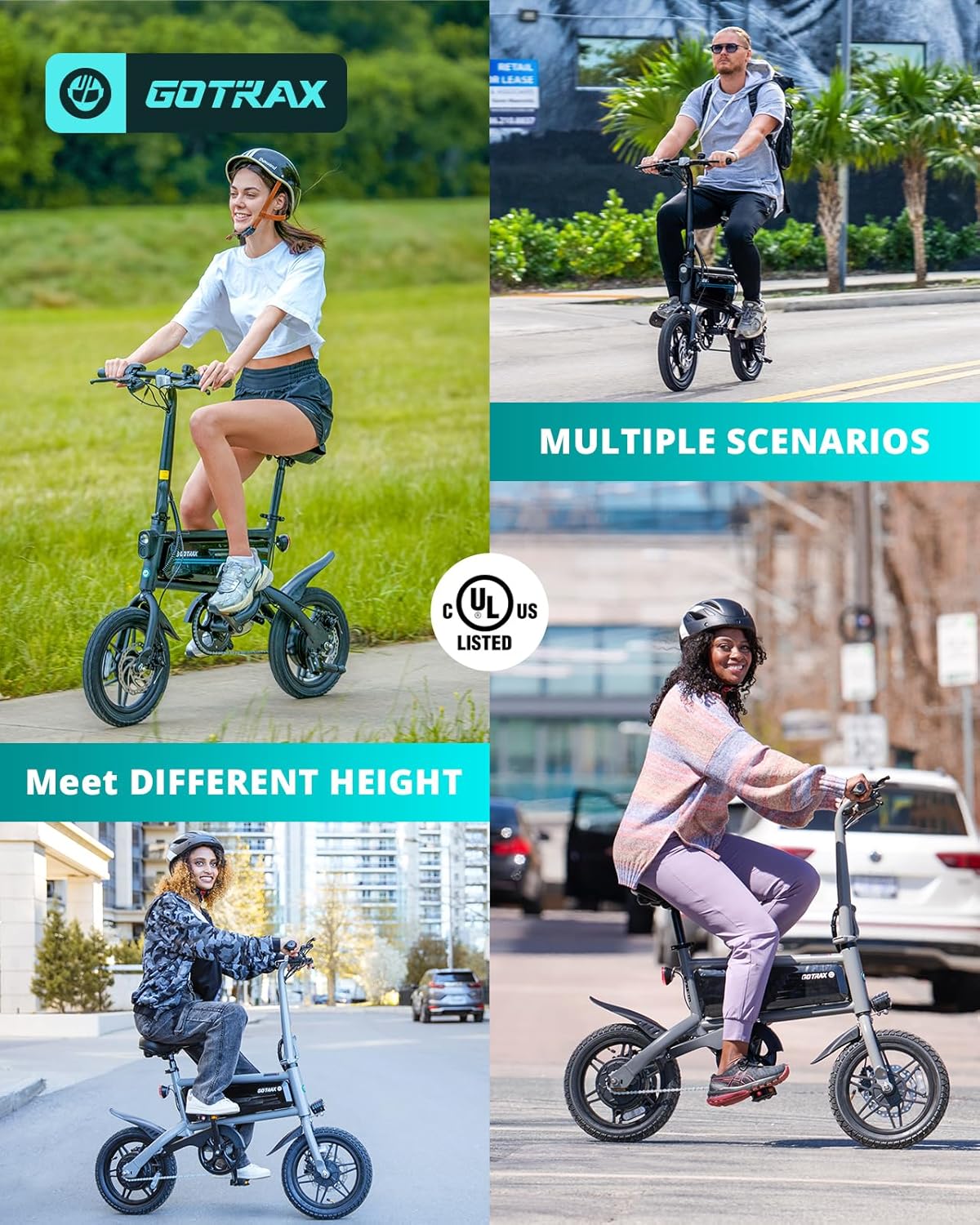


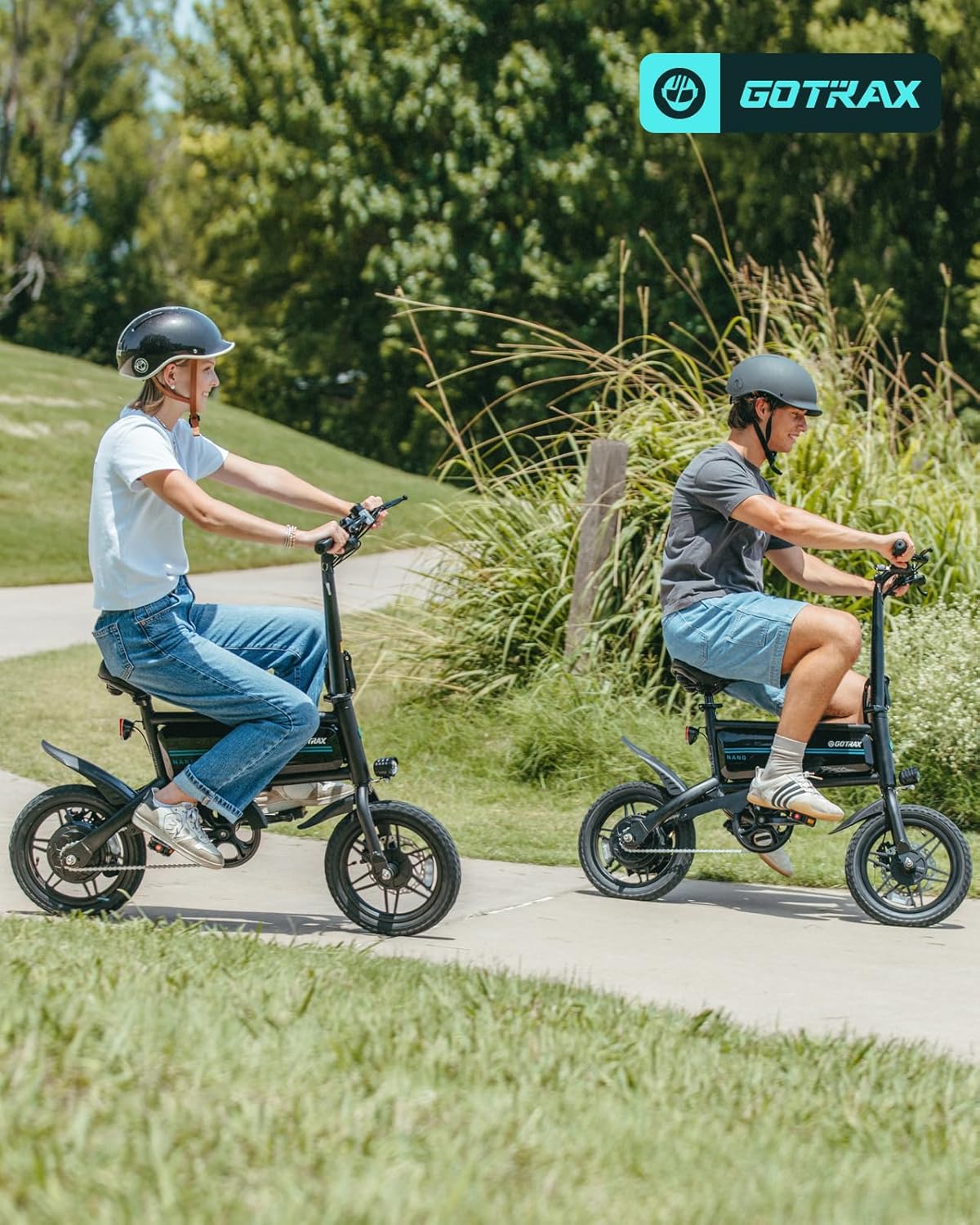
The Ultimate Guide to Choosing the Best Electric Bike for Your Lifestyle
Electric bikes, or e-bikes, have exploded in popularity over recent years. Whether you’re commuting to work, running errands, or simply enjoying a weekend ride, an electric bike can significantly enhance your biking experience. This comprehensive guide will delve into everything you need to know about electric bikes, helping you make an informed decision for your next purchase.
What is an Electric Bike?
An electric bike is a bicycle equipped with an electric motor that assists with pedaling. It combines traditional cycling with innovative technology, making it easier to tackle longer distances or challenging terrains without breaking a sweat. The motor can be activated by pedaling or, in some models, through a throttle.
How Does an Electric Bike Work?
Electric bikes function through several components: a motor, battery, controller, and sometimes a display.
Key Components Explained
- Motor: Typically located in the hub or crank, the motor provides assistance while you pedal.
- Battery: The battery supplies energy to the motor and comes in various capacities, impacting the bike’s range.
- Controller: This manages the power from the battery to the motor, adjusting the assistance level based on your input.
- Display: This shows essential information such as speed, battery level, and distance traveled.
Types of Electric Bikes
1. Commuter E-bikes
Perfect for urban environments, these bikes emphasize practicality and ease of use.
2. Mountain E-bikes
Equipped for off-road capabilities, they offer sturdy frames and powerful motors for challenging trails.
3. Cargo E-bikes
Designed for hauling goods, they feature robust frames and extended racks for carrying heavy loads.
Why Choose an Electric Bike?
- Health Benefits: Cycling is an excellent form of exercise, and e-bikes allow you to pedal without excessive strain.
- Environmental Impact: E-bikes produce fewer emissions than cars, making them a more sustainable commuting option.
- Cost-Effective: Save on fuel and parking fees; e-bikes often come with lower maintenance costs than cars.
How to Choose the Right Electric Bike?
When choosing an electric bike, consider the following factors.
1. Purpose and Terrain
- Commuting: Go for a lightweight commuter e-bike with a reliable battery for quick commutes.
- Recreational Riding: If leisurely rides are your goal, look for comfort and accessories like racks or fenders.
- Off-roading: Opt for a mountain e-bike if you’re planning rugged terrain; sturdy frames and suspension are crucial.
2. Motor Placement
- Hub Motors: Positioned in the wheel, providing a more straightforward design.
- Mid-Drive Motors: Located at the bike’s bottom bracket, offering better weight distribution and efficiency on steep hills.
3. Battery Range
Battery capacity is measured in watt-hours (Wh). Understand your average travel distance to select a model that meets your needs. For example, a battery range of 20-50 miles is standard for most commuting.
4. Weight Considerations
Weight matters, especially for urban riders or those frequently getting on public transport. Lighter e-bikes offer better maneuverability but may sacrifice battery capacity or power.
5. Legal Considerations
Familiarize yourself with local laws regarding e-bike classifications and where they are allowed. Some areas impose restrictions on speed or motor power.
Pros and Cons of Electric Bikes
Pros
- Increased Range: Electric bikes enable longer rides without extreme fatigue.
- Assistance: They help you overcome steep hills and wind resistance.
- Versatility: Suitable for various terrains and purposes.
Cons
- Cost: E-bikes can be more expensive than traditional bicycles.
- Weight: They tend to be heavier, which might be a drawback for some users.
- Battery Life: Battery replacement can be expensive over time.
Top Electric Bike Models for 2023
Here are some standout models to consider:
1. Gotrax GXL V2 Electric Scooter
- Speed: Up to 15.5 mph
- Range: 15.5 miles on a single charge
- Weight: Lightweight design for easy portability.
2. Ancheer Folding Electric Bike
- Motor: 250W
- Battery: 36V 10Ah lithium
- Range: Up to 30 miles on a single charge.
3. Rambo Electric Bikes’s R450
- Ideal for: Off-road adventures.
- Features: 750W motor, excellent suspension for rugged terrain.
4. ECOTRIC Fat Tire Electric Bike
- Perfect for: All-terrain biking.
- Power: 500W motor and 36V battery for extended range.
Maintaining Your Electric Bike
Regular maintenance keeps your e-bike running smoothly.
1. Battery Care
- Charge the battery according to the manufacturer’s instructions.
- Store in a cool, dry place when not in use.
2. Tire Pressure
Check your tires regularly to maintain ideal pressure for optimal performance.
3. Cleaning
Wipe down your bike after rides in wet or muddy conditions to prevent corrosion.
4. Regular Check-ups
A professional tune-up once a year ensures everything works efficiently.
What Are Common Misconceptions About Electric Bikes?
1. They Are Cheating
Many riders misconstrue that using an e-bike diminishes the cycling experience. In truth, they often encourage fitness and exploration, making biking accessible to a broader audience.
2. They Are Too Heavy
While e-bikes generally weigh more than traditional bikes, advancements in technology continue to reduce weight without sacrificing performance.
Electric Bike Safety Tips
- Wear a Helmet: Always prioritize safety with a good quality helmet.
- Obey Traffic Laws: Abide by all regulations, ensuring that you’re a responsible rider.
- Be Visible: Use lights and reflective gear, especially at night.
Conclusion
Electric bikes offer numerous advantages, from enhancing your riding experience to presenting a more sustainable transportation alternative. By carefully considering your needs, including purpose, range, and weight, you can make a wise choice that fits your lifestyle perfectly. Embrace the freedom and convenience of cycling in the modern age with an electric bike!
FAQs About Electric Bikes
1. How long do electric bike batteries last?
Typically, with proper care, electric bike batteries last between 3 to 5 years.
2. Are electric bikes suitable for beginners?
Absolutely! E-bikes make cycling more accessible and can provide assistance for those new to biking.
3. Can you ride an electric bike without using the motor?
Yes, you can pedal them just like a regular bike, which is great for exercise.
4. Do electric bikes require a license?
Most regions do not require a license for personal e-bike use, though laws may vary; check local regulations.
5. How much do electric bikes cost?
Prices vary widely, ranging from about $500 to over $5,000, depending on features and quality.
This was a comprehensive exploration of electric bikes, helping you learn about their mechanics, advantages, and selection process. Happy riding!
Disclosure: As an Amazon Associate, I earn from qualifying purchases.

Hi, I’m rideonscoot, the author behind RideOnScoot.com. Welcome to the world of electric scooters, where your adventure begins! At RideOnScoot.com, we offer a handpicked selection of top-notch electric scooters that will transform your daily commute and leisure rides. With cutting-edge technology, impressive range, and sleek designs, our scooters not only offer convenience but also contribute to a sustainable future. Whether you’re a city commuter or an urban explorer, I have the perfect ride waiting for you. Join the electric scooter revolution today and experience the power of eco-friendly transportation firsthand.

